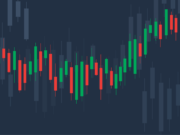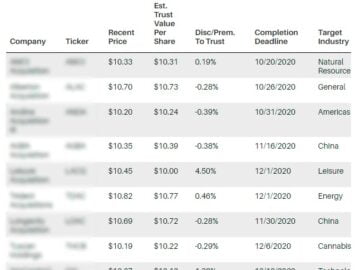Seeking out great stocks to buy is important, but many would say it’s even more essential to know which stocks to steer clear of. A losing stock can eat away at your precious long-term returns. So, determining which stocks to trim or eliminate is essential for proper portfolio maintenance.
Even the best gardens need pruning, and our team has spotted a few stocks that seem like prime candidates for selling or avoiding. Continue reading to find out which three stocks our team is staying away from this week.
Amid rising competition in the streaming business, Netflix (NFLX) lost nearly a million subscribers in the first half of 2022, as global giants Walt Disney (DIS) and Amazon (AMZN) stepped up their game taking significant market share. Despite surging in the past quarter, Netflix is still the worst-performing stock in the FAANG group, with a loss of more than 62%.
CEO Reed Hastings had originally positioned the company as an ad-free alternative to cable. However, given the current headwinds, the CEO now says commercials are necessary to appeal to those who find the ad-free service too expensive. Netflix has increased prices several times and is now one of the most expensive streaming services. The ad-free business is also growing in competitiveness as Disney plans to launch a similar enterprise on Dec. 8.
Needham analyst Laura Martin recently suggested investors remain on the sidelines as it’s not yet clear how Netflix will perform amid rising competition. “Where do its sub losses end, given the strong competition from newer, lower-priced, deeper-pocketed streaming services? 222mm global subs may turn out to be the peak subscribers for NFLX,” said the analyst.
NFLX share price is down 60% for the past 12 months, but even Netflix has joined in on the summer rally. Over the past six weeks, the share price is up more than 25%, which seems overdone considering the obstacles the company is up against.
Headwinds against e-commerce car vendor Carvana (CVNA) had already been intensifying before the sizable ramp-up to its vehicle inventory in the first quarter. Management recently admitted that it accelerated its car buying business at the wrong time during a worsening economic environment, causing investors to flee the stock in search of greener pastures. CVNA could continue to burn through cash at an alarming rate as it faces threats to the value of its inventory.
“It has become clear over the past few months that the company is facing serious challenges to the business,” Morgan Stanley analyst Adam Jonas wrote in a note to clients after he downgraded CVNA to Equal Weight from Overweight and slashed the price target by 70% to $105, down from $360. “By the company’s own admission, it had accelerated growth at precisely the wrong time into a consumer slowdown leaving a major mismatch between capacity and demand, creating a liquidity crunch,” he continued.
The company’s liquidity issues are likely compounded as the Fed boosts benchmark interest rates, making it more expensive to take out loans. With its business model, Carvana is also at risk of declining used car prices as that would devalue its inventory, and a pullback in prices is likely as interest rates rise.
During Carvana’s most recent quarterly announcement on April 20th, the company reported a bigger-than-expected quarterly loss along with revenue that beat analyst expectations. Results showed a $1 billion increase in equity along with $3.275 billion in debt.
Carvana may look like a bargain, down more than 80% from its ATH just a few months ago. Still, with interest rates rising and growing concerns of a looming economic recession, the company could be further wrung out as economic growth slows.
Inflation is taking a heavy toll on input costs for digital printing company Xerox (XRX), all while supply-chain disruptions are impeding the company’s ability to manufacture higher-margin products. XRX has lost nearly 25% of its value since the beginning of the year. Anyone looking for a reason to buy on the dip of this long-time laggard would be hard-pressed to find one.
Xerox stock has carried a consensus Sell recommendation for more than a year. Zooming out on XRX’s chart, it’s not hard to see why. The stock has underperformed the broader market by drastic margins in five of the past seven years. According to the pros, there’s little reason to see it snapping the losing streak anytime soon.
“Prior to the pandemic, Xerox had faced pressure from the rise of the paperless workplace and the corresponding decline in imaging equipment revenue,” writes Argus Research analyst Kristina Ruggeri (Hold). “The increase in work-from-home practices during the pandemic further accelerated this trend.”
XRX currently boasts an attractive 5.87% yield, but it’s hardly enough to make up for the questionable path that the company has been on. We’ll be sticking to the sidelines for the foreseeable future.









